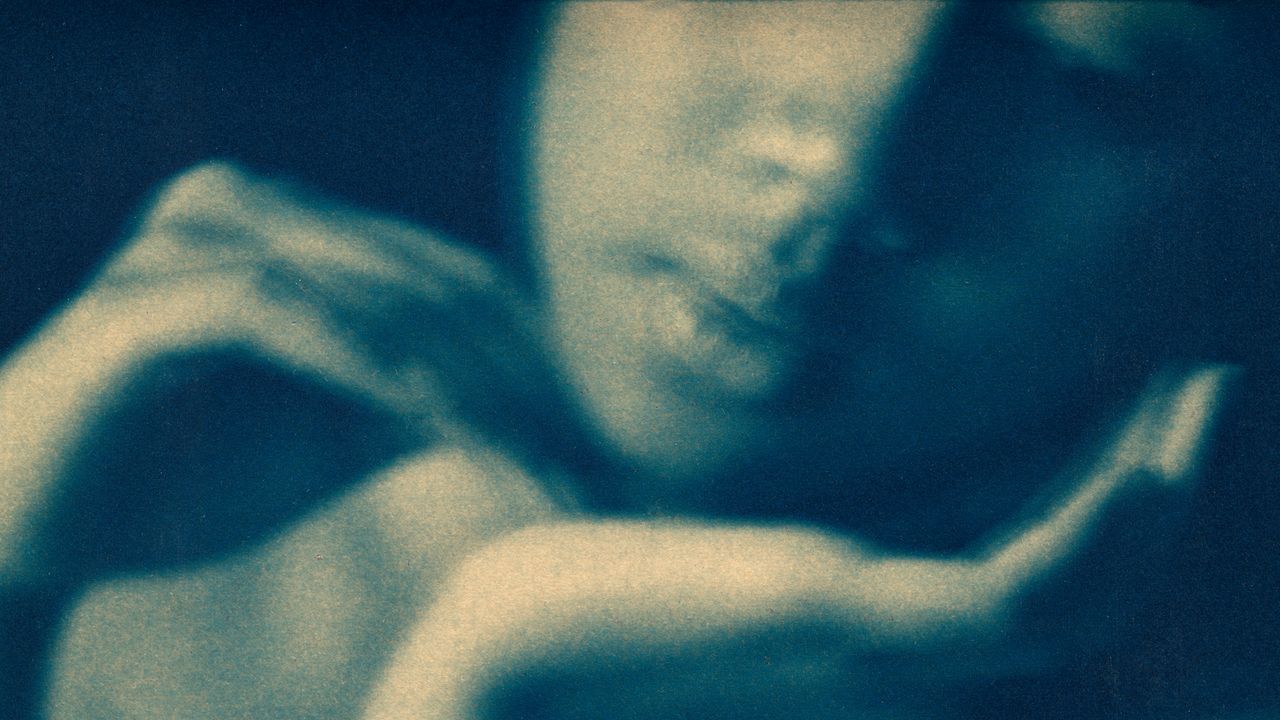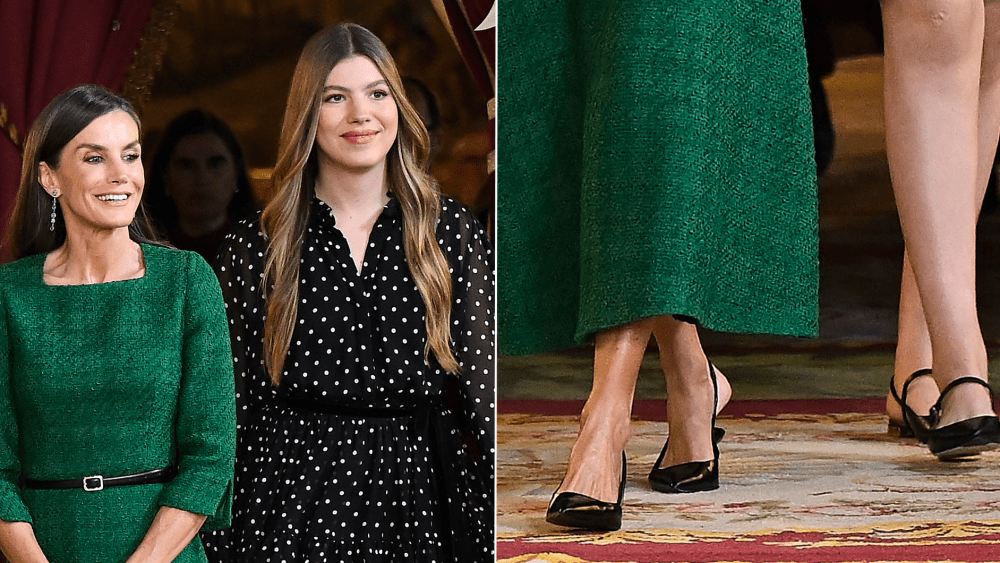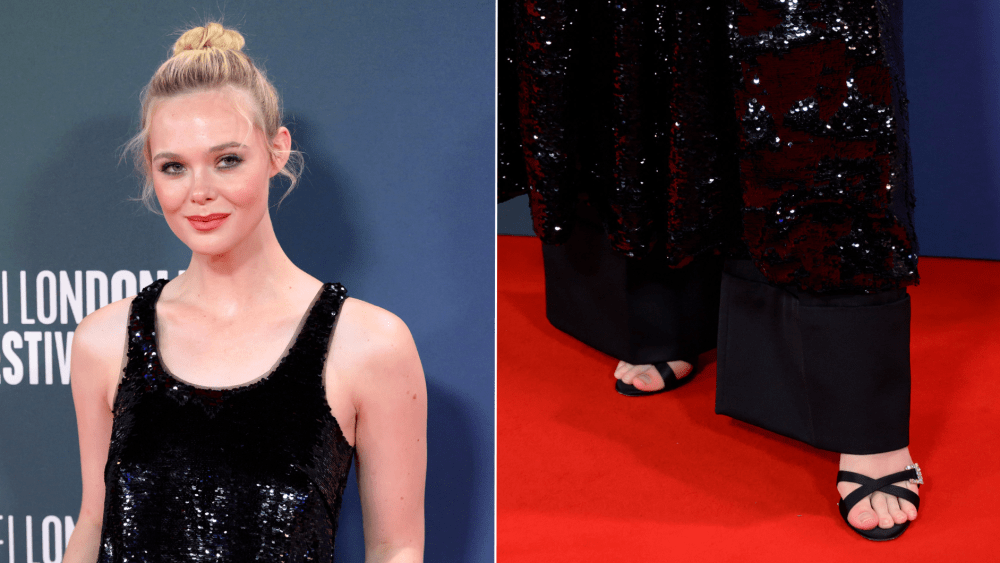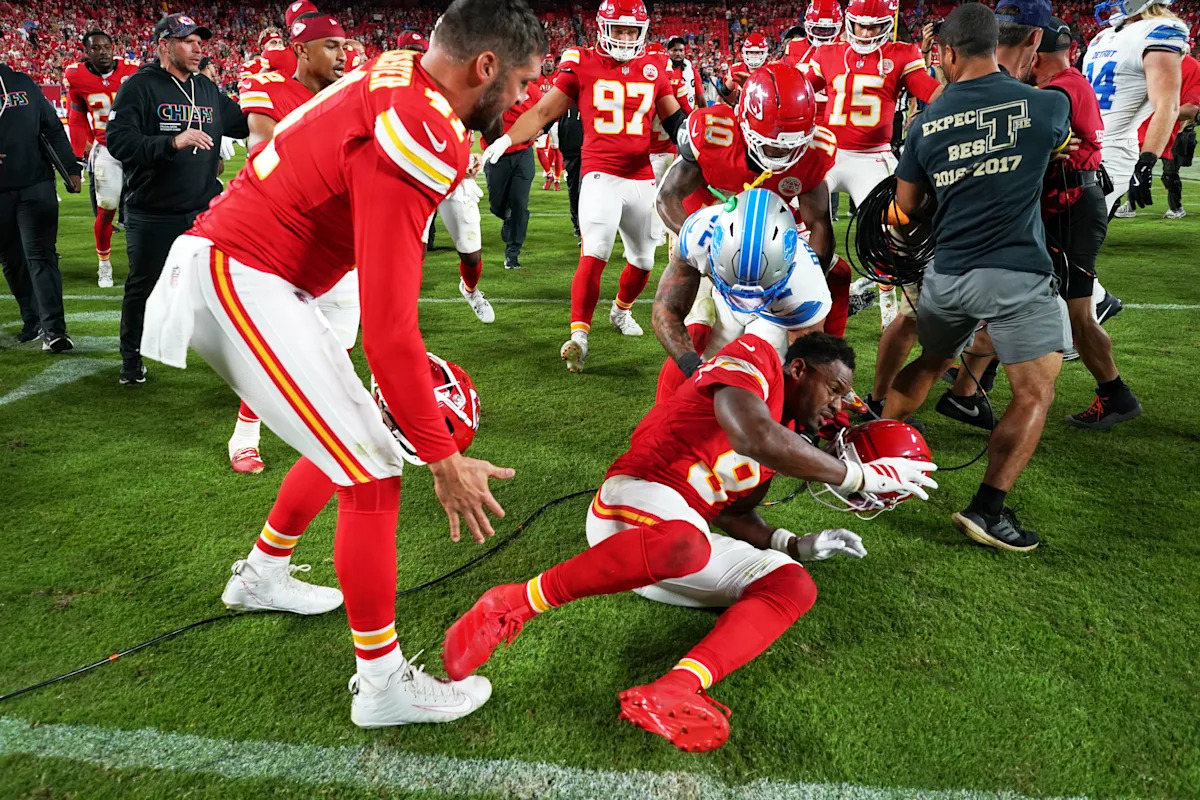
1.
I was 16 years old when I learned to pretend, and alcohol was my first teacher. In 2002, I was a senior in high school and the youngest in my friend group—a burden more than a badge of honor. I had entered kindergarten early, skipped a semester of first grade, and spent my adolescence trying to keep up with friends and classmates who were always one to two years older than I was.
It was the same sort of thing that night: I was at a friend’s lake house in Conroe, Texas, for a sleepover. I had neglected to give my parents all the details—that it would be co-ed, that my friend’s own parents were not around, and that there would be alcohol. I took my first sip surrounded by laughter and the kind of reckless confidence characteristic of teens in the middle-class Texan suburbs where I was raised, with children too sheltered to understand risk, too privileged to fathom the many wrong paths a first drink could send them down.
My initial thought: I don’t like this. It was bitter. It failed my tongue and stabbed my throat. I winced. But when I looked around, everyone else was smiling, their faces lit up, elaborately cosplaying the happiest versions of themselves, or even acting inebriated from just one swig. Nobody said anything about the taste, and I didn’t dare speak up. Instead, I smiled too, mimicking their joy, swallowing the drink. I do not like bitter things, yet I committed. I pretended. The hangover, my first, left me physically wrecked, with a pounding headache and waves of nausea for days after.
When, the following week in AP English, we started the Greek tragedies, I would find myself particularly drawn to Aristophanes’s The Frogs. As Dionysus descended into the underworld, I felt like part of the chorus: hovering in the background, hesitant, unwilling to say the truth.
After that night I didn’t drink again until my early 20s, when it proved to have real, usually positive, social consequences. There were brunches and happy hours and work dinners and milestone celebrations. A flute here, bottle here, shot here. G.M. Shepherd’s 2012 book Neurogastronomy: How the Brain Creates Flavor and Why It Matters explores how the brain processes taste and how sensory adaptation can influence our preferences. Over time, repeated exposure can lead to a learned preference, even for initially unpleasant tastes, as can cultural and social influences.
#Motherhood #Changed #Myselfand #Alcohol






